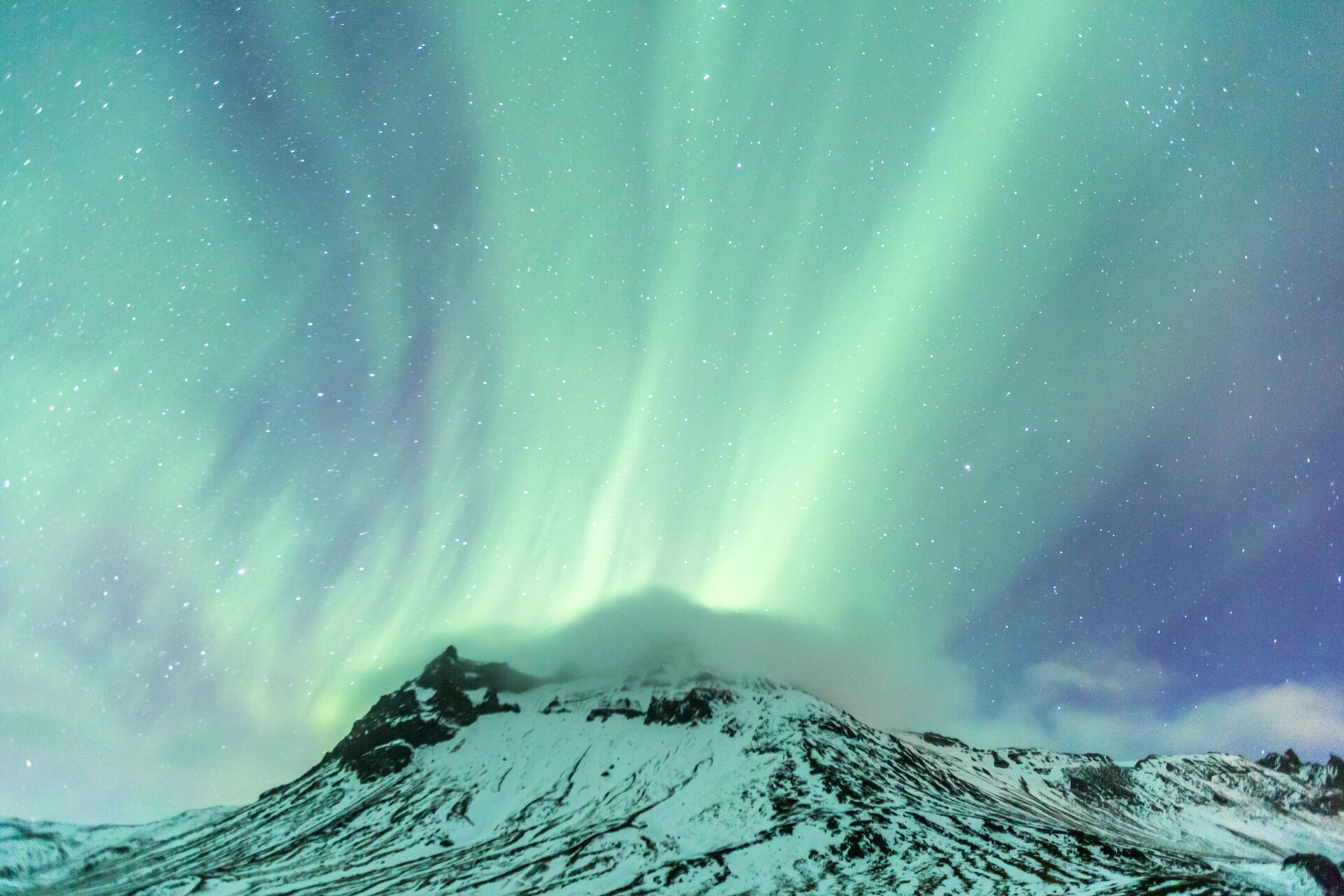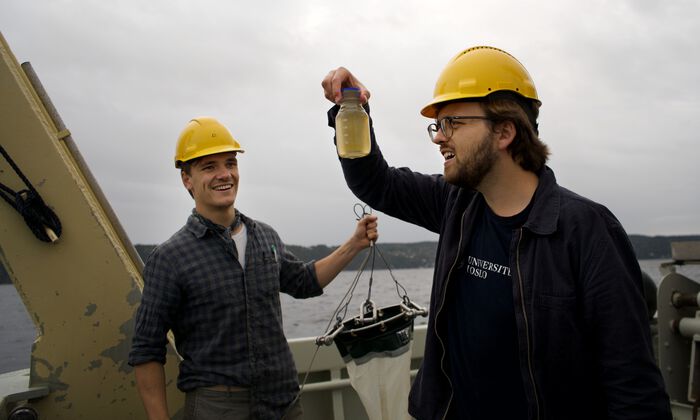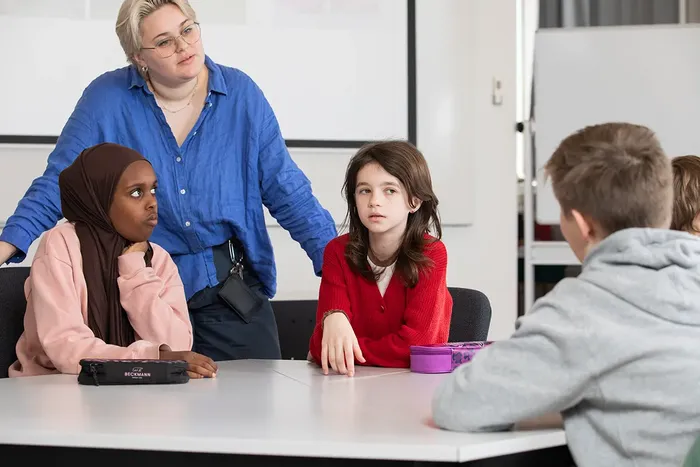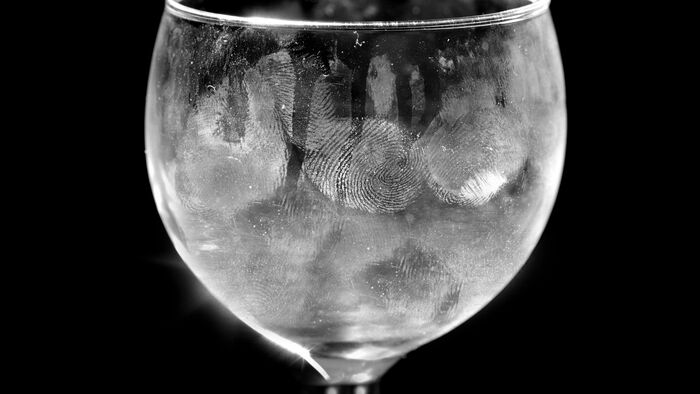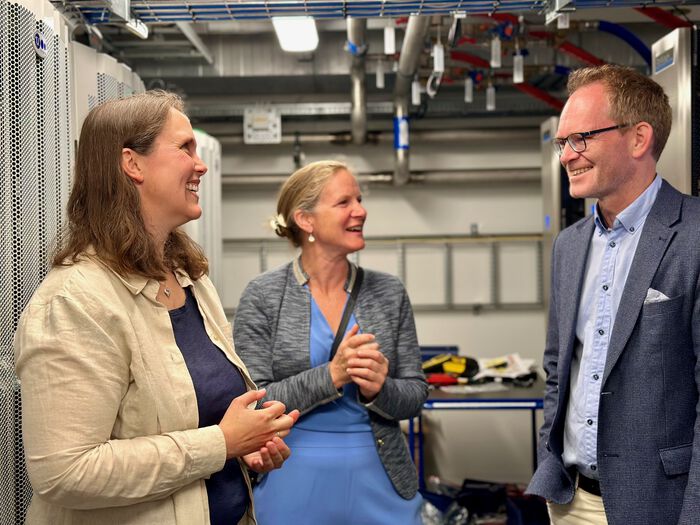Sustainable food production is an essential part of improving human health, reducing contributions to climate change and preserving biodiversity and natural resources. What is the link to the Northern Lights?
Xynteo Exchange organize events around the world. One of these events, being held in Oslo last week, was an event about the future food system. This event - Transition to a sustainable food system - was organized by the Norwegian company YARA and the University of Oslo(UiO) hosting the event in “Gamle festsal”. You will understand, at least one of the reasons, why this event took place at the University of Oslo and in "gamle festsal" by reading my opening speech that follows below.
---------
Dear minister Nicolai Astrup, dear distinguished guests! Welcome to the University of Oslo. Welcome to the University´s Old Hall her in Domus Academica, or “Gamle festsal” as we call this room here at the University of Oslo.
This building was completed in 1852, 41 years after the University of Oslo was established in 1811 - three years before Norway got its constitution.
From 1854 to 1866, the Norwegian Parliament met here in “Gamle festsal”. The link between knowledge development and politics were close in those days. This link is still close in Norway, and maybe this close link, in some way or another, dates back to the activities here in this room more than 150 years ago.
In 1861 the Faculty of Mathematics and Natural Sciences was established. Although, Norwegian scientist gave important contribution to science before 1861 it is fair to say that this was the start of systematic research and higher education in science and technology Norway. Let me mention a few important exasmples.
Three years after the Faculty was established, in 1864, the chemist Peter Waage and the mathematician Cato Maximillian Guldberg found the important law of mass action. They worked here, in these buildings!
Norway's first female student Cecilie Thoresen was enrolled at the University of Oslo here, in “Gamle festsal”, in 1882. She studied mathematics and physics.
In 1903 a world-famous experiment was carried out in this room - as far as I understand, exactly where I have my feet right now. I will return to this experiment in a couple of minutes.
During the 19th century Norway became a part of the international research community. A significant part of this history happened here in these buildings in the centre of Oslo and in this famous room - "Gamle festsal"!
My name is Morten Dæhlen and I am Dean at the Faculty of Mathematics and Natural Sciences at the University of Oslo - Norway's largest faculty for research and education in science and technology with approximately 6000 students and 2000 employees. In our fresh strategy towards 2030 we find the following statements;
“The world is facing major challenges. The sustainable development goals express a need for change that require considerable efforts by the entire world. As a major and important contributor to important fields, the Faculty has a significant responsibility for ensuring that research and education are linked to these major global challenges. The Faculty’s employees have a significant capacity in these areas, both with regard to understanding these problems and in terms of finding new solutions that are necessary in order to create a sustainable future.”
In this picture we provide research and education at a high international level. I can´t go through everything we do, but yesterday I was informed that we will receive another major and prestigious grant from the European Research Council. I am not allowed to tell what the project is about before Friday 11. October 2019, but I will be surprised if a huge company present here is not interested in the research topics that will be addressed in this project. (Since this article is published after I gave my opening speech and after Friday 11. October I can of course reveal the secret here.) The sustainable development goals are important for the University of Oslo and our research adresses, both directly and indirectly, challenges related to the development of a sustainable food system for the future.
Giving contributions to innovation is a central part of our activities at the University of Oslo. Trough StartupLab we have extensive cooperation with investors and businesses related to the establishment of new companies. StartupLab is one of Europe´s most successful incubators situated in Oslo Innovation Park at our Blindern campus.
Moreover, we have project collaborate with more than 400 companies from small and medium-sized enterprises to major international players such as YARA, e.g. for many years we have worked together with YARA on optimization and development of new catalysts for a wide range of applications, including YARA's fertilizer production.
Efforts in science and technology are also an important reason why Thomson-Routers ranks the University of Oslo among the most innovative universities in Europe.
Aurora Borealis - the Northern Lights - is still important at the University of Oslo.
For example, our space physics research community has a large and extensive collaboration with the US space agency NASA and the Japanese space agency JAXA on the development of new knowledge about solar storms, in particular understanding the consequences of severe solar storms on activities in space and on communication services on earth.
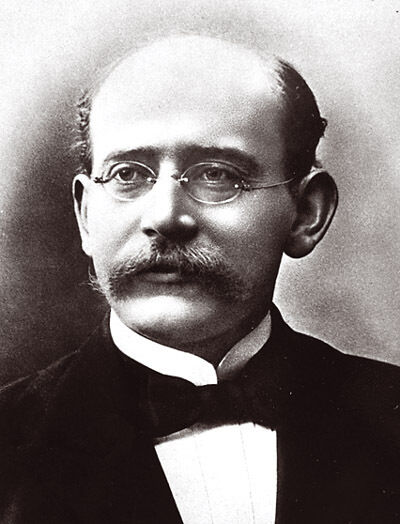
This started at the University of Oslo with the research of Kristian Birkeland about 130 years ago. Kristian Birkeland was the first in the world to understand the phenomenon of Aurora Borealis - the Northern Lights.
He was nominated for the Nobel Prize 8 times. He never received the prize, but posterity has shown that he should have, some will mean both in physics and chemistry.
Kristian Birkeland, professor at the Faculty I serve as dean today had to fund his research. He needed money for equipment and expeditions to measure and understand the fascinating Northern Lights - the lights that pulsed with varying degrees of intensity across the sky over the northern hemisphere.
In the afternoon of March 6, 1903, Kristian Birkeland called upon a large audience from business, financial institutions, politics and government to a performance in "Gamle festsal" – here, exactly HERE! Kristian Birkeland was to demonstrate his new invention - the electric cannon.
The experiment failed, but history can tell that before the smoke had settled in “Gamle festsal” Kristian Birkeland understood how he could capture nitrogen from the air.
Two years later, in 1905, Norsk Hydro now YARA, was establed. The link between the Northern Lights and the food system is hereby somehow clarified! This story is a big part of our proud history at the University of Oslo.
Thank you very much for your attention and good luck with the exchange discussion in these famous premises.
